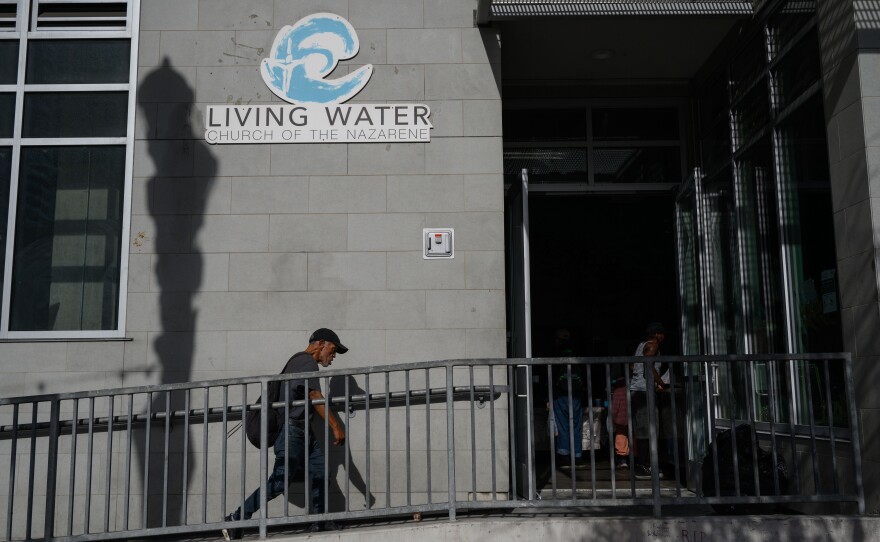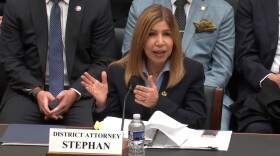With rain expected to fall across the area Monday, additional shelter space was opened today by the San Diego Housing Commission and the city of San Diego to help the homeless escape the inclement weather.
The following locations will open Monday as part of the city's Inclement Weather Shelter Program:
— Father Joe's Villages, Joan Kroc Center, 1501 Imperial Ave., will accept up to 61 adults with an additional 11 beds for families with minor children or single women. Check-in starts at 4 p.m. and will continue through the night until full. Check-out at 5 a.m.
— Paul Mirabile Center, 1501 Imperial Ave., will accept up to 62 adults. Check-in is at 4 p.m. and will continue through the night until full. Check-out at 5 a.m.
— Living Water Church of the Nazarene, 1550 Market St., will accept up to 28 adults. Check-in from 8-10 p.m. or until full. Check-out at 6:30 a.m.
— San Diego Rescue Mission, 120 Elm St., will have space for up to 10 single women who are able to access the top bunks. Check-in at 5 p.m. and through the night until full. Check-out at 7 a.m.
The shelter bed program, which generally operates during the winter months, is activated when temperatures drop below 45 degrees, when the temperature is 50 or below and there is a 40% chance of rain, or when there are "exceptional weather conditions," such as one or more inches of rain within a 24-hour period.
A strong storm is expected to drop rain across the region for much of Southern California Monday into Tuesday.







